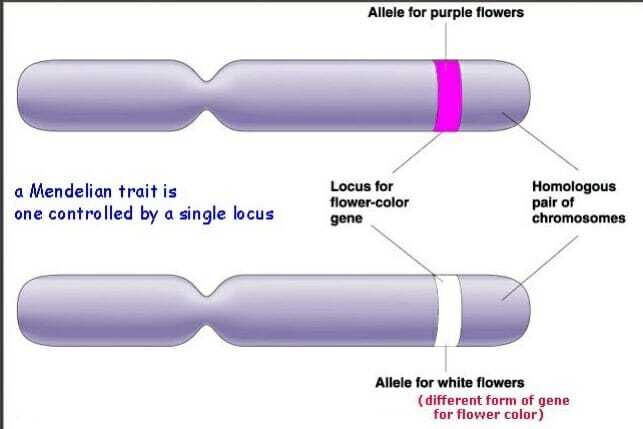Weed Management: The Hows and Whys of Herbicide Resistance
Plants that develop resistance to herbicides are simply following the age-old process of “survival of the fittest.” This process acts on phenotypes, or the plants in this case, but the unit of inheritance is the gene.
Different versions of the same gene are called alleles. Individuals usually have two different alleles for each gene. An example of this in humans is blood type, where each parent contributes a different allele to the offspring.
Therefore, herbicide resistance can be defined as “an increase in frequency of resistant alleles in a plant population after exposure to herbicide selection.” There are three main sources of these resistant alleles: new mutations, immigration and standing genetic variation.
New mutations are rare and impossible to predict, so there’s really nothing we can do about those. Immigration occurs when a population is found in new territory, such as when Palmer Amaranth invades an area. Immigration also is considered to be fairly rare unless it’s introduced through an outside source.
The most common source of resistant alleles is from standing genetic variation. We’ve all seen studies of how this can happen. Herbicide is sprayed on a field where there is a high concentration of weeds. Most of those weeds die but a few survive. If not controlled with another method or herbicide, those few surviving weeds will produce seeds that will germinate the following year. If the same herbicide is used that next year, the population can increase dramatically. After multiple years of this practice, a tremendous weed problem exists.
When waterhemp became a serious problem in Illinois, Dr. Aaron Hager and his colleagues conducted a multi-year study on what factors contributed most to the occurrence of herbicide-resistant weeds. They took into consideration a wide range of factors within four main categories: Management, Weeds Present, Soil Properties and Landscape.
Three major findings resulted from the University of Illinois study:
- How close you are to a neighbor who has resistant weeds is not a good predictor of when or if you would have them.
- Overall management factors have the most impact on preventing weed resistance: How many different herbicides are used; How often pre-emergence herbicides are used; Crop rotation, etc.
- Herbicide rotation is important, but mixing herbicides with different sites of action makes weed resistance 83 times less likely to occur.

